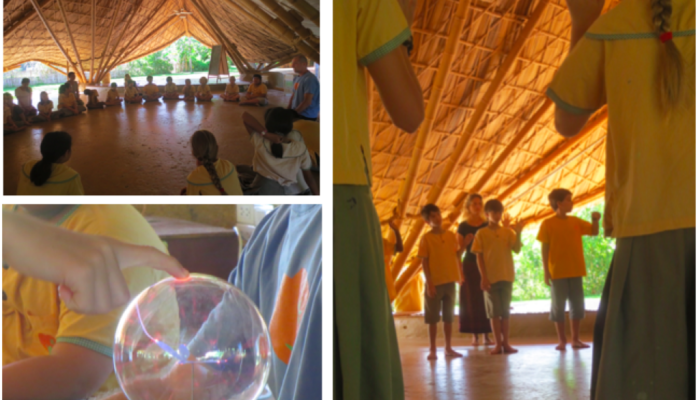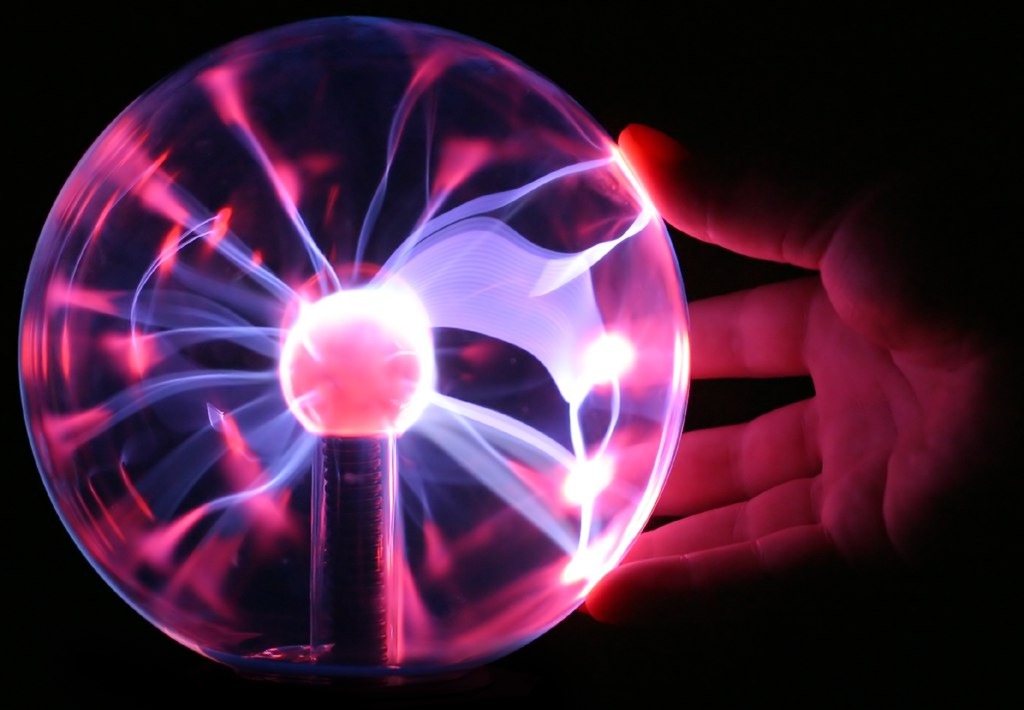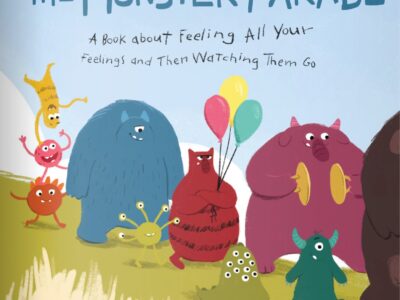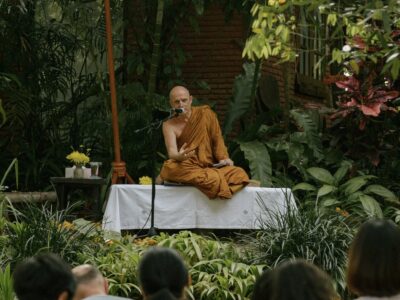Activity
The Plasma Ball
About This Resource
Summary Using a plasma ball to discuss different ways to practice sati and samadhi, and the benefits and distractions of each method.
Age Range Primary/Elementary School (ages 5-12)
Contributor Panyaden International School
Topics electricity, listening, Mindfulness, movement, observation, samadhi, sati, science, senses, touch
Download
Details
| Lesson Plan: The Plasma Ball | Grade level: 4-6; Age range: 9-11 |
| Time: 1 hour | Tasks: Listening mindfully, moving mindfully, looking mindfully, and discussing the differences. |
Summary
The students will be led to do some movements and describe how they feel. They will look at and then touch a plasma ball one by one and then describe how they feel. They will listen to some soft music and describe how they feel. They will sit in silence and describe how they feel.
Learning targets
To discuss several different ways to practice sati and samadhi and the benefits and distractions of each method.

Activity
- The students stand in a semi-circle.
- The leader makes small movements and the students mirror the leader.
- A few students discuss how they used sati and samadhi.
- Discuss what mindfulness is and how to get it back when you lose it.
- The students sit in the semi-circle and observe the plasma ball.
- Focus on the movement of the electricity.
- One by one, students can come and touch it.
- Discuss when one has mindfulness; when do you need it and why?
- Discuss what mindfulness is and how to get it back when you lose it.
- The students sit in the semi-circle, close their eyes, and listen to soft music.
- Ask them if they had any thoughts while listening; what were those thoughts?
- Ask if that is mindfulness.
- Discuss what mindfulness is and how to get it back when you lose it.
- The students sit in the semi-circle and close their eyes.
- Ask them if they had any thoughts while sitting; what were those thoughts?
- Ask if that is mindfulness.
- Discuss what mindfulness is and how to get it back when you lose it.
- Discuss when they had the most mindfulness.
- Discuss which was their favorite activity.
Related Resources
Lunch Rituals
January 9, 2024
This lunch ritual is loosely based on ōryōki, a Zen monastic eating meditation that places an emphasis on service, generosity, and appreciation. It was developed by Noa Jones and Catherine Fordham for the Middle Way School of the Hudson Valley.
Shared mealtime is an opportunity to foster a healthy relationship to food, enjoy each other’s company, and create a harmonious environment at the table. Creating a consistent mealtime practice can help children feel more focussed and be more present with their food.
Book Review: Monster Parade
May 9, 2023
We want to set children up for success when introducing them to meditation practices so playfulness is on order. The Monster Parade: A Book about Feeling All Your Feelings and Then Watching Them Go by Wendy O'Leary with illustrations by Noémie Gionet Landry (Bala Kids 2022) is a wonderful and playful way to approach the idea that feelings and thoughts are fleeting.
Buddhism as an Education System: Takeaways from a Paccaya Foundation Retreat
February 13, 2023
In these two videos of dharma talks given in Thailand, Venerable Ajahn Jayasaro connects the dharma to the practice of education with clarity and precision.
Book Review: Bodhi Sees the World
December 29, 2022
This books takes us on a colorful adventure with Bodhi and her mother to Bangkok, Thailand, where they explore themes of language, culture, routine, ritual, kindness, compassion and bodhicitta. Recommended for children ages 3 – 7.
About The Contributor
Panyaden International School
Panyaden is a holistic preschool and primary school in Chiang Mai, Thailand, integrating Buddhist values, green practices and a bilingual education with the British curriculum.





